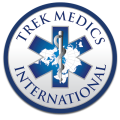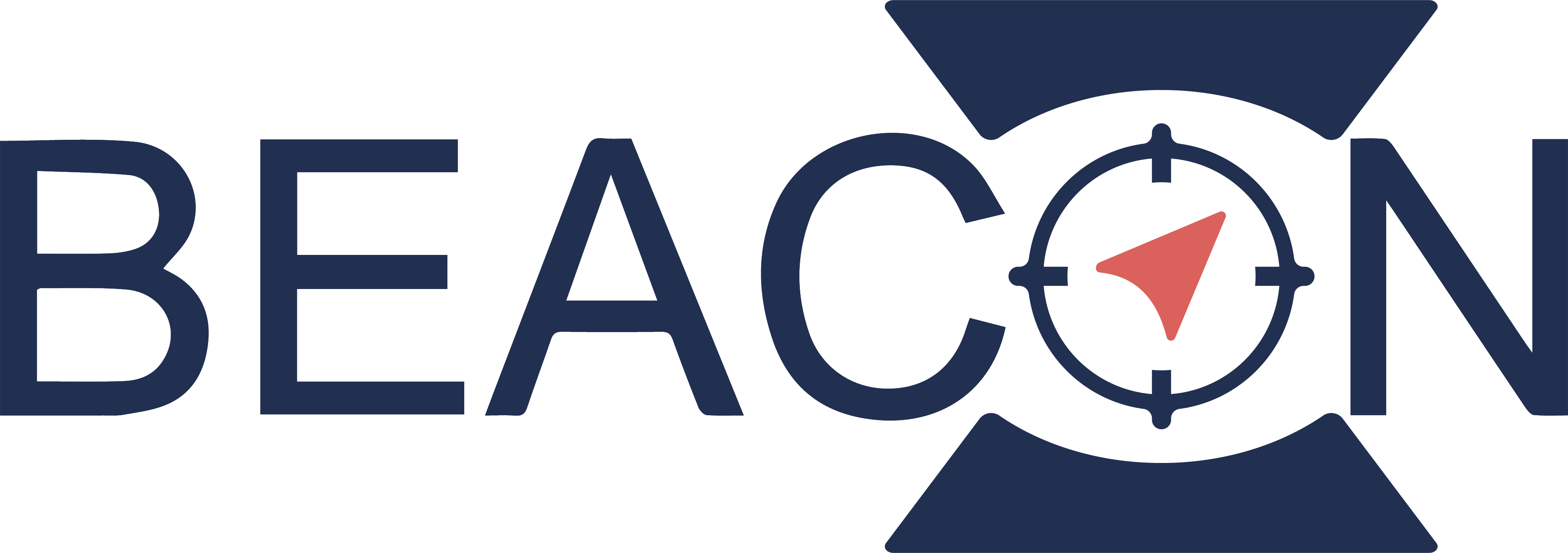AT-A-GLANCE
TO CALL AN AMBULANCE IN ZIMBABWE DIAL:
- 999 in Harare
- 112 for Eco Net mobile subscribers
- 114 for Net One mobile subscribers
Not too long ago Zimbabwe was one of the healthcare leaders among post-colonial African nations, including a very well-trained emergency medical services (EMS) workforce. Today Zimbabwe’s emergency response system is anemic, though “The majority of people in the ambulance services – state, local authority and private are eager to see the profession develop, with a unified sense of purpose and a desire to meet acceptable international standards” (Thomson, 19). Nonetheless, you’re still going to have a tough time finding an ambulance when you need one so make sure you take down the numbers for private ambulance providers from this map before traveling.
HOW CAN I CALL AN AMBULANCE IN ZIMBABWE?
- 999 – toll-free national number, though utility outside of Harare is questionable
- Urban – answered by operators and forwarded to appropriate public service
- Rural – forwarded to nearest police station, who either forward to appropriate service or coordinate own response
- 112 – cellular network access number for Eco Net mobile subscribers
- 114 – cellular network access number for NetOne mobile subscribers
Not necessarily – it may be that you can call emergency phone numbers from anywhere, but that doesn’t mean you can get an ambulance anywhere. It’s well advised to study up on the numbers in the areas you’re going to be, just in case.
[Source: Disaster Risk Management Zimbabwe]
Any emergency in Harare (+ 263 4) 999
Police Harare (+ 263 4) 995
Medical Harare (+ 263 4) 994
Fire Harare (+ 263 4) 993
Mobile Phone Emergency 112
MARS: Medical air and rescue services
Econet subscribers toll free numbers: 112
NetOne Subscribers toll free numbers: 114
Harare Hotlines: 705905/706034/771221/0772235461/0772792800/0712600002
*These numbers will give you access to Ambulance service, Fire Brigade and the Police across Zimbabwe.
Other MARS numbers across the country:
Bulawayo – (09) 64082
Gweru – (054) 223339
Kariba – (061) 3006
Kwekwe – (055) 21999
Masvingo – (039) 263222
Mutare – (020) 66466
Vic Falls – (013) 44646
Marondera – (0279) 24949
Ambulances
Medical Rescue International +263 776 404070 / 0776 404045 / 336394 / 336150
MARS Ambulance Service +263 712 600002 / 771221 / 753164 / 706034 / 0772 235461
NETSTAR Ambulance Service +263 4 797589/90 / 0774 828888 / 900251
ACE Ambulance Service +263 4 332364/5 / 0782 997 997 / +263 4 332366 (Emergency calls only)
St John’s Ambulance +263 4 253043 / 753911 / 0774 452233
EMRAS +263 4 250011/2 / 797479
CITY Ambulance +263 4 994 / 783985/7
Bright Star Ambulances +263 4 795051 / 0713 324 006
Yes, designations are issued by the Allied Health Practitioners Council of Zimbabwe
Emergency care is provided by different types of ambulance providers (as described:
- Local authority services provide emergency care ranging from basic to advanced, though due to the widespread resource constraints, more advanced services suffer the worse for it. “It is safe to say that the better a service is, the more of everyone else’s work it either has, or is ethically obliged, to undertake” (Thomson, 16).
- Government, hospital and clinic-based services have been described as using vehicles that are “essentially a steel canopy on four wheels with a bed” (Thomson, 16). They are typically staffed by a driver with little or no training and patients are accompanied by a nurse, nurse-aid or student nurse. The provider “invariably sits in the front of the vehicle on long trips” (Thomson, 16). Many of these staff received professional ambulance training, often at own expense, and their mandate is to move patients between hospitals/clinics. While they are required to attend to emergencies “out of the areas served by local authority ambulances”, they regularly fail to respond as they are not available. There can also be a reluctance by trained professionals to participate outside of supporting role in emergencies as they are aware of shortfalls of vehicle/equipment and do not want to put self in compromising position
- Mission hospitals may have better vehicles, which are often supplied through donation, though the equipment, skill level and operating systems “are no better”
- Private Corporate Services (operated by mines, large estates, etc.) are also in use, though they are run by company as part of “in-house” health care. Drivers may be trained or un-trained, and accompanied by nurse or orderly, and the vehicle itself is “generally sub-standard [ambulance] design and equipment” (Thomson, 16)
- Private/For Profit Services are “rapdily developing area at present, with many individuals or small consortiums trying to use this as a money-making service” (Thomson, 16). There is a general belief in Zimbabwe that all state-run services are inevitably substandard, and all private-run services are inherently better. “The reality is that this is not always the case” (Thomson, 16)
“Arguable [that] one of the greatest problems at the moment is the high rate of staff attrition, with people leaving both the public and private sectors for other countries” (Thomson, 16)
Despite inadequate funding, resources and conditions, EMS care can be provided at very high level
- Response areas include very large distances with poor, unpredictable road conditions and driving practices:
- “The low number of fatal ambulance accidents in the regulated services (two in the last 16 years known to the author, and neither the fault of the crew) speaks volumes for the crews’ capabilities” (Thomson, 18)
- “Crews have to be trained and confident to manage patients for long periods” (Thomson, 18)
- July 2004 – 9 Ox-drawn ambulance given “as part of the struggle against climbing maternal mortality rates” (Klapp)
- Pilot project by WHO, UNICEF and UN Population Fund
- Donated to remote rural districts
- Used to transport pregnant women to health facilities
- Local community supplies OX, responsible for maintenance of ambulance
Even though emergency medicine is not recognized as its own specialty in Zimbabwe “larger provincial and central hospitals do have accident and emergency facilities, as do some of the private hospitals … Departments are staffed by people who are, by and large, not interested in emergency medicine, but are doing their locum work, or waiting for a training post in one of the other specialties of medicine… Rural, district and small urban hospitals have no dedicated accident and emergency department”, and it is rare to have more than one available doctor around the clock. “Seriously ill or injured patients will be discharged as soon as possible … [Though] Zimbabwean nurses are generally well trained, and have a great deal of experience in managing ill patients and making decisions, which is why they are being recruited all over the world.” (Thomson, 19)
- Local authority services are typically nonprofit and funded by local ratepayers
- Government, hospital or clinic based services may charge, though there have been no published data available yet that we’ve seen
- Private services operated by mines, large estates, etc. are typically inaccessible by the general public and are reserved for employees, staff and families
- Private/For Profit services
- According to TheStandard.co.zw: “To access the [private services, like EMRAS] it is essential for visitors to the country to have a good international health assistance scheme which includes evacuation cover and hospitalisation in emergencies. In the normal course of events private services will require this information and are usually required, in terms of the policies to seek authorisation from the insurer prior to effecting an evacuation. It is advisable, particularly if visiting more remote areas to carry a well stocked first aid kit.”
ADDITIONAL INFO
- High rates of high-speed motor vehicle collisions
- High rates of violent assaults
- High suicide rates (OPP and Chloroquin tablet OD common)
- Regular occurrence of multi-casualty incidents
- “Public transport accidents with 20 patients occur almost daily in Harare, with 50+ patient calls happening about once every 6 weeks” (Thomson, 19)
- Public perception used to be that ambulances were merely a means of getting to the hospital
- A view “shared by many health care professionals and policy makers at all levels” (Thomson, 16)
- In past 10-15 years, urban centers have begun to recognize that care begins in prehospital settings
- As services develop they are beginning to become much more vocal in emphasizing the important role of prehospital care
- 4 EMS Provider Types:
- Local Authority Services
- City, town or rural council runs ambulance services
- Government, Hospital or Clinic based services
- Mandate is to move PTs between hospitals/clinics
- Required to attend to emergencies “out of the areas served by local authority ambulances”
- Invariably “do not do this work, as they are not immediately available”
- Reluctance by trained professionals to participate outside of supporting role in emergencies
- Private services operated by mines, large estates, etc.
- Private/For Profit services
- “All private services are obliged to provider support for the local services in the event of a major incident and all have done so on numerous occasions” (Thomson, 17)
- Medical Air Rescue Services (MARS)
- Largest and oldest private provider
- Ground fleet & access to fixed-wing
- Local Authority Services
- City of Harare Ambulance Service
- 4 stations, approx. pop. 2 million
- Calls outside city limits very common
- “It is not unusual for ambulances to respond to calls with a 100 miles radius of the city, and incidents as far as 200 miles away have been attended” (Thomson, 18)
- Response time goals – ambulance dispatch w/in 2min
- 4 stations, approx. pop. 2 million
- National registration system – “Health Professions Act” (2001)
- Supervised by Allied Health Practitioners Council of Zimbabwe
- Developed three-tier system to grade training and titles
- Based primarily on South African system
- Subsequent legislation includes registration of ambulance services and training facilities
- Dickinson G: “Emergency medicine in Zimbabwe.” Canadian J Emerg Med 2000:2(3)214-5.
- Klapp, Clare: “World Report: Health and Hunger in Zimbabwe” The Lancet 2004 (364):1569-72.
- Madzimbamuto FD. “A hospital response to a soccer stadium stampede in Zimbabwe.” Emerg Med J. 2003 Nov;20(6):556-9.
- Thomson N: “Emergency medical services in Zimbabwe” Resuscitation 2005;65: 15-19.
- Turner, C: “Emergency medical response in Zimbabwe – a Hifa perspective” TheStandard.co.zw. Apr. 29, 2012.
SCOREBOARD
% of Seriously Injured Transported by Ambulance in Zimbabwe, 2013
[Source: 2013 Global Status Report on Road Safety, WHO]
ROAD TRAFFIC INJURY DEATHS
(PER 100,000 POPULATION)
[Source: 2015 Global Status Report on Road Safety, WHO]
REPORTED HOMICIDES
(PER 100,000 POPULATION)
[Source: 2014 Global Status Report on Violence Prevention, WHO-UNDP]




